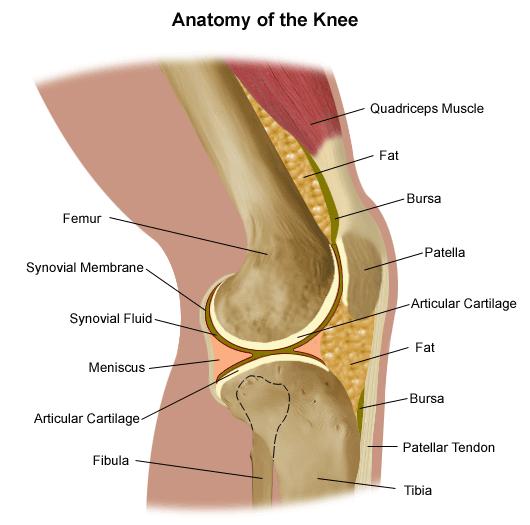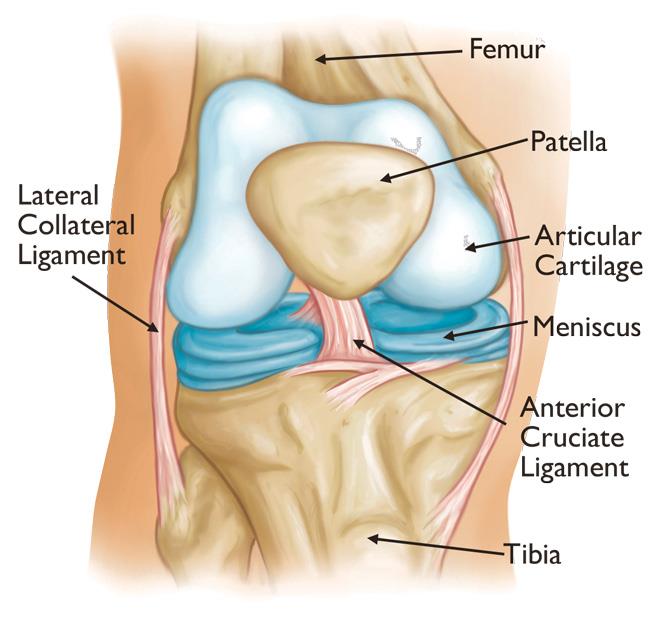Living with knee pain can make everyday activities like sitting, standing or walking feel impossible.
Knee pain can be cause by a number of issues, such as osteoarthritis, rheumatoid arthritis or post-traumatic arthritis. If you have knee pain and nonsurgical treatment options like physical therapy, medication or supportive equipment are no longer providing relief, you may want to consider a knee replacement surgery.
Knee replacement surgery — also known as arthroplasty — can seem like an intimidating experience, but it’s actually a very safe and effective procedure for joint pain relief.
Recent advancements in the procedure, including advanced surgical techniques and state-of-the-art instruments like the Stryker Mako robotic arm-assisted surgery system available at Tanner, have better enabled surgeons to provide the best surgical outcome for their patients, resulting in a less-invasive procedure with minimal recovery time, less pain and a higher functioning, longer lasting replacement. The innovative Stryker Mako system, as well as advancements in the composites and alloys used to manufacture artificial joints, has made joint replacement an option for even younger patients.
If you’re considering undergoing knee replacement, below is a guide to help you better understand what happens during the procedure:
The Anatomy of the Knee
The knee joint is made up of three primary parts: the patella (kneecap), the femur (thigh bone) and the tibia and fibula (the shin bones). These three parts are connected by ligaments and tendons that, together, help you perform movements like kneeling, squatting and walking.

Arthroplasty requires a surgeon to remove — or resurface — the parts of the joint and replace it with high-functioning artificial prosthetics that will function the same way a natural knee joint does. Sometimes, only certain areas of the knee are damaged and only those affected areas need to be replaced. In other cases, the entire joint will be replaced.
Types of Knee Replacement Procedures
There are two types of knee replacement procedures: partial knee replacement and total knee replacement. In both procedures, a surgeon secures high-grade metal or plastic components to the resurfaced areas of the joint.
A total knee replacement is the more comprehensive procedure of the two. During a total knee procedure, a surgeon begins by moving aside your kneecap and then cuts away the damaged cartilage and bone from the femur and tibia and replaces them with artificial components.
In a partial knee replacement procedure, the surgeon removes only the damaged surface of the joint and the unaffected knee ligaments, bone and cartilage are conserved.

Know Your Knees
Knee replacement procedures are among the most commonly performed procedures in the U.S., with more than 600,000 surgeries performed annually according to the American Academy of Orthopaedic Surgeons. Some replacement procedures can be completed in as little as two or three hours, and most patients are walking in a rehabilitation session the same day.
Joint pain affects more than just knees. Pain in the shoulders, neck, hip or fingers are often signals of joint arthritis or other orthopedic conditions. If you are experiencing joint pain, talk with an orthopedic specialist. He or she will be able to help you consider treatment and determine if joint replacement surgery is the right option for you.